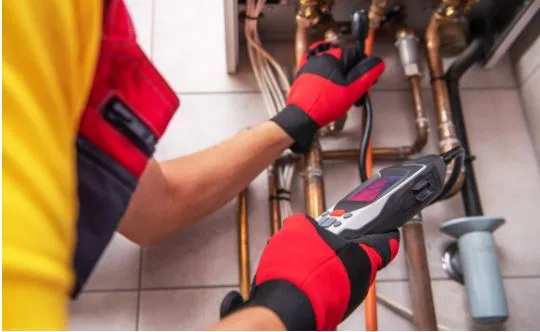Ensuring Reliable Carbon Dioxide Gas Supply for Medical Use: A Vital Resource for Healthcare
In the medical sector, the provision of a steady and reliable carbon dioxide gas supply for medical use is of paramount importance. Medical-grade carbon dioxide is utilised in numerous medical applications ranging from surgeries to non-invasive therapies, underscoring its critical role in modern healthcare.
The Importance of Medical Carbon Dioxide
Medical carbon dioxide is utilised in procedures such as laparoscopy, arthroscopy, and endoscopy. It serves as an insufflation gas, allowing medical professionals to have a clearer view of surgical areas. By inflating cavities, carbon dioxide aids in the expansion of space, thus making surgeries less invasive and more efficient.
Ensuring Safety and Purity
One of the primary concerns with medical gases is ensuring their safety and purity. The medical sector requires gases to be free of impurities to avoid any adverse effects on patients. As such, suppliers of medical carbon dioxide, like Coregas Pty Ltd, must adhere to strict quality standards and regulatory requirements to ensure patient safety.
Regulatory Compliance
Compliance with healthcare regulations is essential in the supply of medical gases. These regulations ensure that the gases meet the required standards of purity and consistency. Coregas ensures that their carbon dioxide gas supply aligns with these stringent standards, facilitating optimal patient outcomes.
The Role of Reliable Suppliers
Reliable suppliers are integral in maintaining the continuous supply of medical gases like carbon dioxide. Disruptions in supply can have critical implications, particularly for healthcare providers who rely on these gases for various treatments. This reliability is especially pertinent given the unpredictable demand fluctuations in the healthcare industry.
Applications Beyond Surgery
Beyond surgical applications, medical carbon dioxide plays a role in cryotherapy and respiratory stimulation. Its diverse applications highlight the importance of ensuring a consistent supply to meet the various needs of healthcare facilities.
The Broader Scope of Medical Gases
While carbon dioxide is a crucial part of medical treatments, other gases also represent essential resources. For example, a stable oxygen gas supply for medical use is critical for patient care, particularly in respiratory therapies and for the support of critically ill patients.
Oxygen Supply and Its Challenges
Like carbon dioxide, medical oxygen must adhere to purity standards. The demand for oxygen can rapidly increase, particularly during health crises such as pandemics, making the role of reliable suppliers even more essential.
Preserving Supply Chains
The maintenance of robust supply chains ensures that medical facilities receive the gases they need promptly and efficiently. Suppliers like Coregas play a pivotal role in this aspect by maintaining inventories and logistics systems that can withstand shifts in demand.
Innovation in Medical Gas Supply
Innovation in supply processes and technologies is continually advancing to better meet the needs of the healthcare sector. This includes better storage solutions and delivery methods that enhance the reliability of gas supply.
Future Trends
As healthcare continues to evolve, so too will the requirements for medical gases. It is vital for suppliers to remain adaptable and proactive in their advancements to support medical advancements.
Additional Medical Gases
Beyond carbon dioxide and oxygen, gases such as acetylene are also essential in specific medical applications, underscoring the importance of a acetylene gas supply for medical use. Ensuring these gases are available contributes significantly to a healthcare facility’s capability to provide comprehensive care.
Conclusion
In summary, the reliability of medical gas supplies, including carbon dioxide, is a fundamental component of effective healthcare systems. Suppliers must ensure that purity, regulatory compliance, and innovative practices are upheld to support the critical operations of healthcare facilities. As the demand for specific medical treatments evolves, so too must the strategies to deliver these essential gases.




